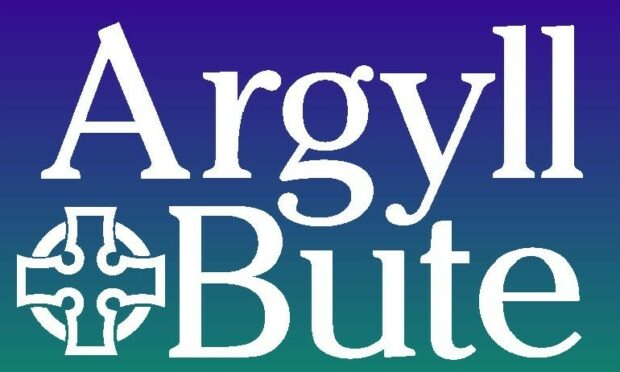Staff sickness levels have increased in Argyll and Bute Council, with stress being the main cause.
The authority was among some of the worst performing councils in Scotland in terms of days lost.
A paper titled “Maximising Attendance” is to be considered for noting by the council’s Performance and Scrutiny Committee today.
It reveals that for the period April 2014 – March 2015 there has been a slight increase in the council actual average days lost per full time equivalent employee from 10.4 in 2013/14 to 10.6 in 2014/15.
In comparison with other Scottish local authorities, the council was ranked 27th overall in 2013/14. The best performing authority was Clackmannanshire with a rate of 7.4 and the poorest performing was West Dunbartonshire with 11.4.
The main reasons for sickness absence across Argyll and Bute Council during 2014/15 were stress, depression and mental health (23.5%), medical treatment/operations (16.5%) and stomach, liver, kidneys and digestion problems (11%).
In the report before the committee, Jane Fowler, head of improvement and human resources, writes: “Stress remains the main cause of sickness absence and initiatives have been put in place to address this.
“The council conducted a Stress Audit in 2014. Following this analysis of the results took place and a Stress Audit Action plan was developed for each Service. A new Stress at Work Policy has also been developed and is currently being progressed by the HR Team.
“Mandatory stress awareness training has been rolled out across the
council for all managers and staff with 282 employees now trained. An additional management report has also been added to the suite of monthly management reports sent to heads of service and directors on a monthly basis, which highlights every instance of absence due to stress to provide a further reminder to line managers to have an attendance review meeting. It also gives senior managers an overall picture of the volume of absences due to stress per month.”
